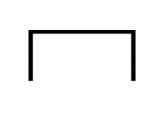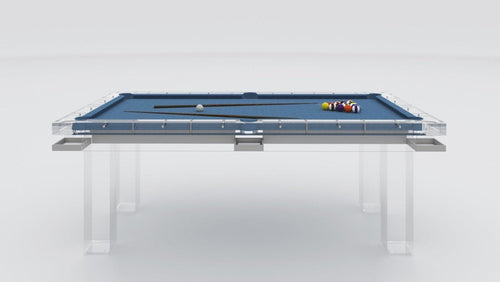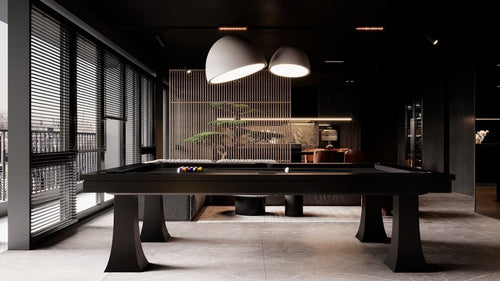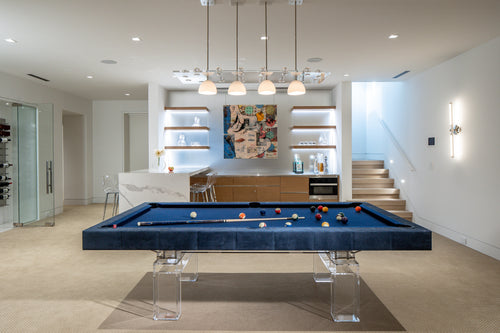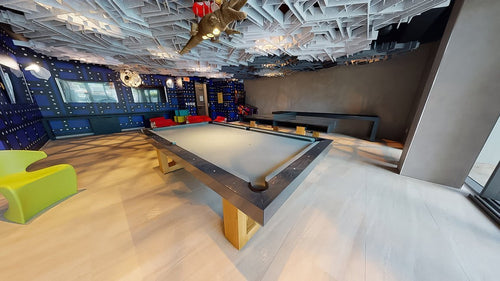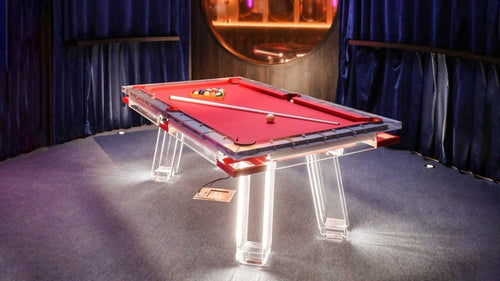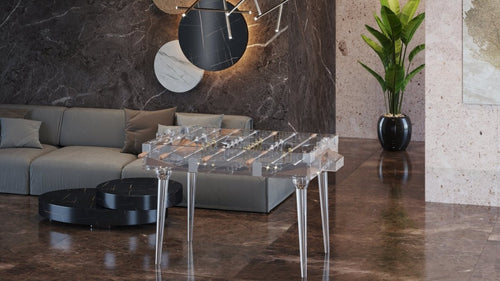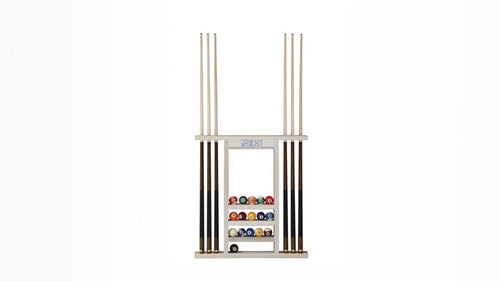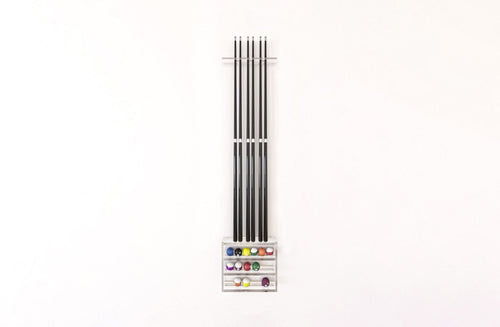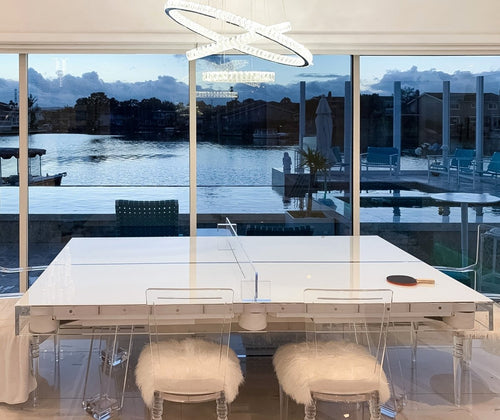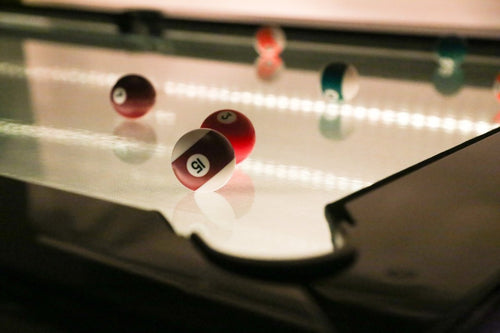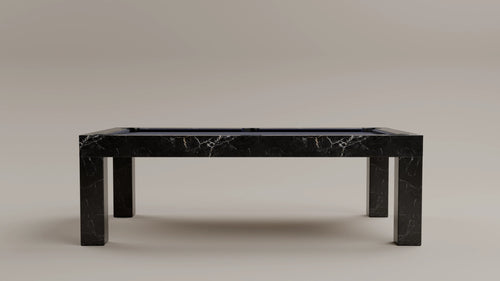Enjoy our modern designs
Interior Design Fundamentals |
A room is never just four walls; it’s a composition of visual cues that guide mood, movement, and meaning.
Six core spatial qualities—Balance, Orientation, Shape, Color, Texture, Pattern—let designers sculpt the invisible into the unforgettable. Here’s how they work and why every detail matters.
Balance – The Visual Seesaw
- What it is: Equilibrium among sizes, colors, and textures so one side of a space doesn’t visually “tip.”
- Tools: Symmetry for formal calm; asymmetry for dynamic energy.
- Tactics: Distribute lighting fixtures evenly, cluster accessories to counteract a heavy sofa, and plan for future furniture moves so the balance survives re‑arrangements.
Orientation – Compass & Cue
- What it is: How elements point you toward a view, a doorway, or a focal object.
- Tools: Window vistas, ceiling coffers, floor patterns, pathway lighting.
- Tactics: Angle lounge chairs toward natural light; align conference tables with door swings to smooth traffic; use accent lighting to signal room purpose at a glance.
Shape – Geometry That Talks
- What it is: Outlines of planes and objects—rectilinear for order, curved for flow, irregular for excitement.
- Tools: Wall jogs, ceiling coffers, furniture silhouettes.
- Tactics: Repeat a dominant shape for harmony; clash a contrasting one for emphasis. Tight spaces feel bigger with clean rectangles; galleries feel energetic with jagged perimeters.
Color – Mood Setter & Space Trickster
- What it is: Hue, value, and chroma manipulating depth, warmth, and psychological punch.
- Tools: Warm tones advance; cool tones recede. Light values broaden; dark values compress.
- Tactics: Use light blue ceilings to lift height perception; splash a saturated accent wall to anchor seating; calibrate LEDs so color rendering stays true.
Texture – Touch & Light Play
- What it is: Surface smoothness or roughness, perceived visually and tactically.
- Tools: Wood grain, polished metal, boucle upholstery.
- Tactics: Pair coarse brick with slick glass for contrast; scale texture to room size—big weaves for lofts, subtle linens for small dens; leverage grazing light to make texture pop.
Pattern – Organized Repetition
- What it is: Decorative sequence that drives rhythm across a surface or through space.
- Tools: Herringbone floors, graphic wallpapers, acoustic ceiling grids.
- Tactics: Use floor pattern to direct circulation; echo a motif at different scales for unity; break pattern at a threshold to signal zone changes.
Element + Principle = Experience
| Interior Element | Spatial Quality Leveraged | Governing Principle |
|---|---|---|
| Wall | Color + Texture | Balance, Emphasis |
| Floor | Pattern + Color | Orientation, Rhythm |
| Ceiling | Shape + Lighting | Scale, Harmony |
| Furniture | Shape + Texture | Balance, Proportion |
Designers juggle these variables while referencing human‑factor data: doorway width, reach ranges, wheelchair turn radii, and ergonomic clearances ensure beauty meets function.
Rapid‑Fire Guidelines
- Check the Weight: When adding a bold color or large sofa, offset it elsewhere.
- Follow the Sun: Orient key seating within 25° of a window for natural comfort cues.
- Repeat, Then Remix: Echo shapes and colors three times, then break once for interest.
- Texture Closer, Pattern Farther: Fine texture where people touch; larger pattern where they view.
- Design in Layers: Start with shape and orientation, overlay color, texture, pattern, then tune balance.

